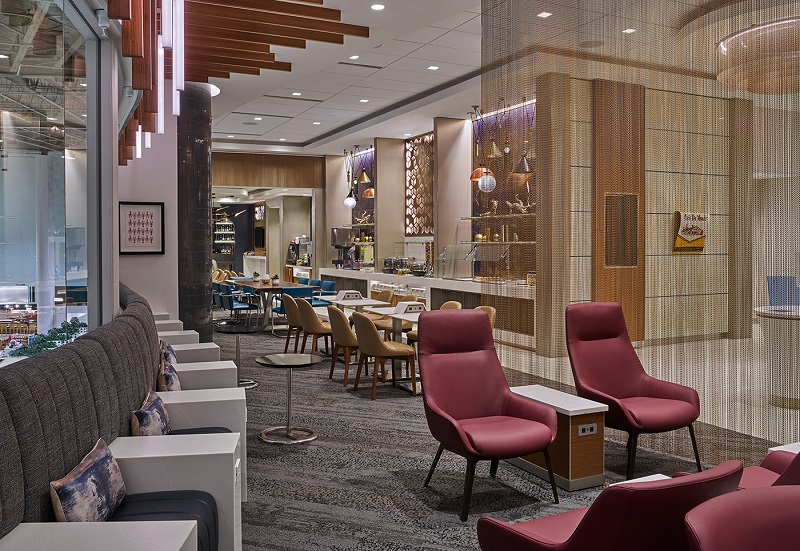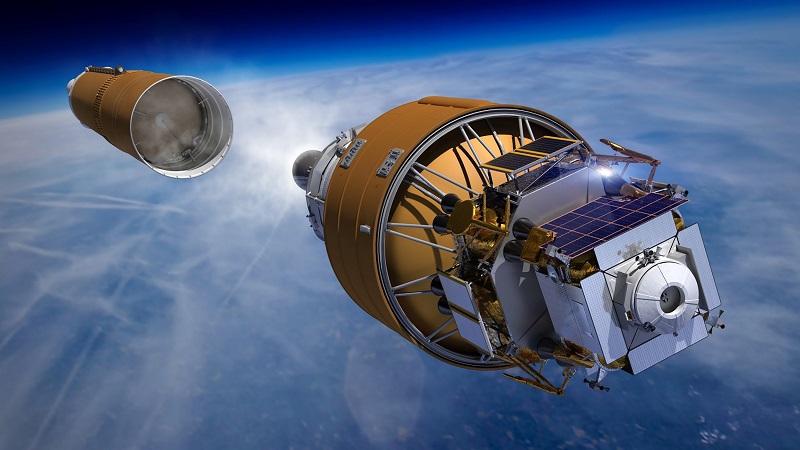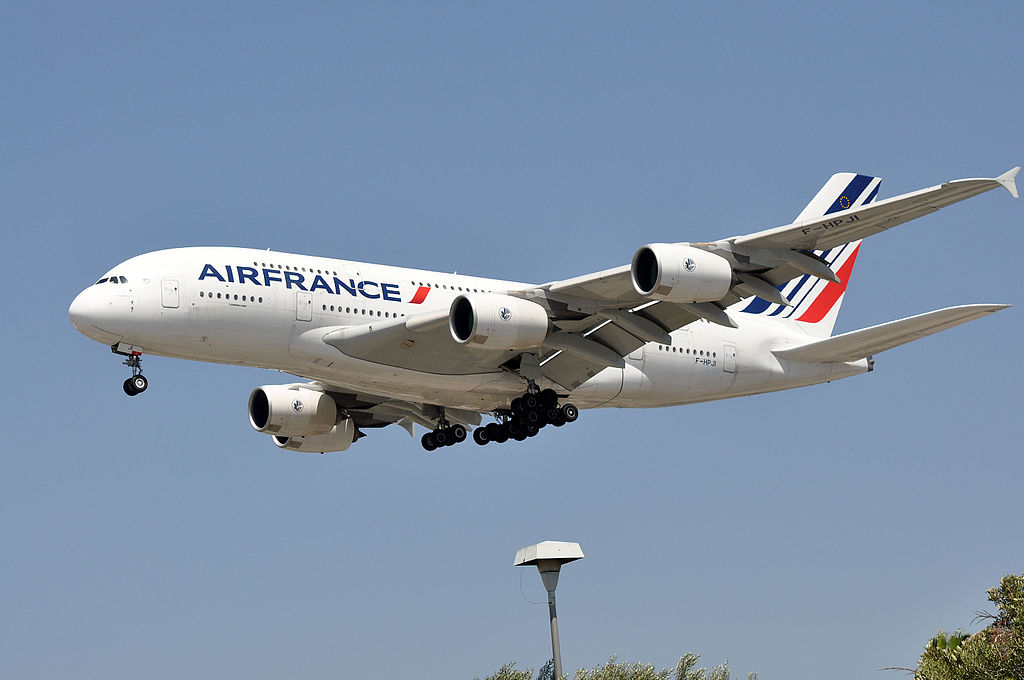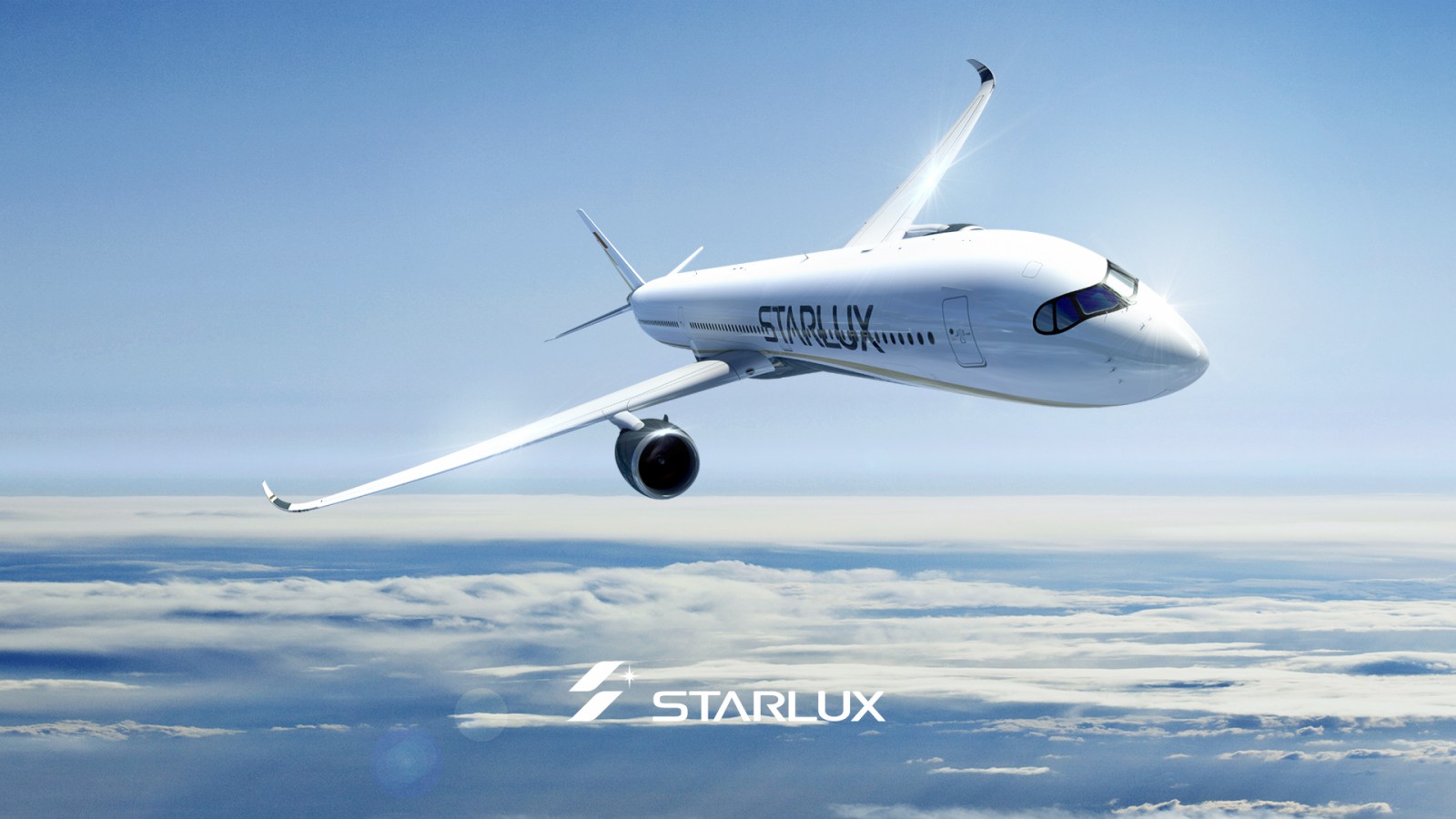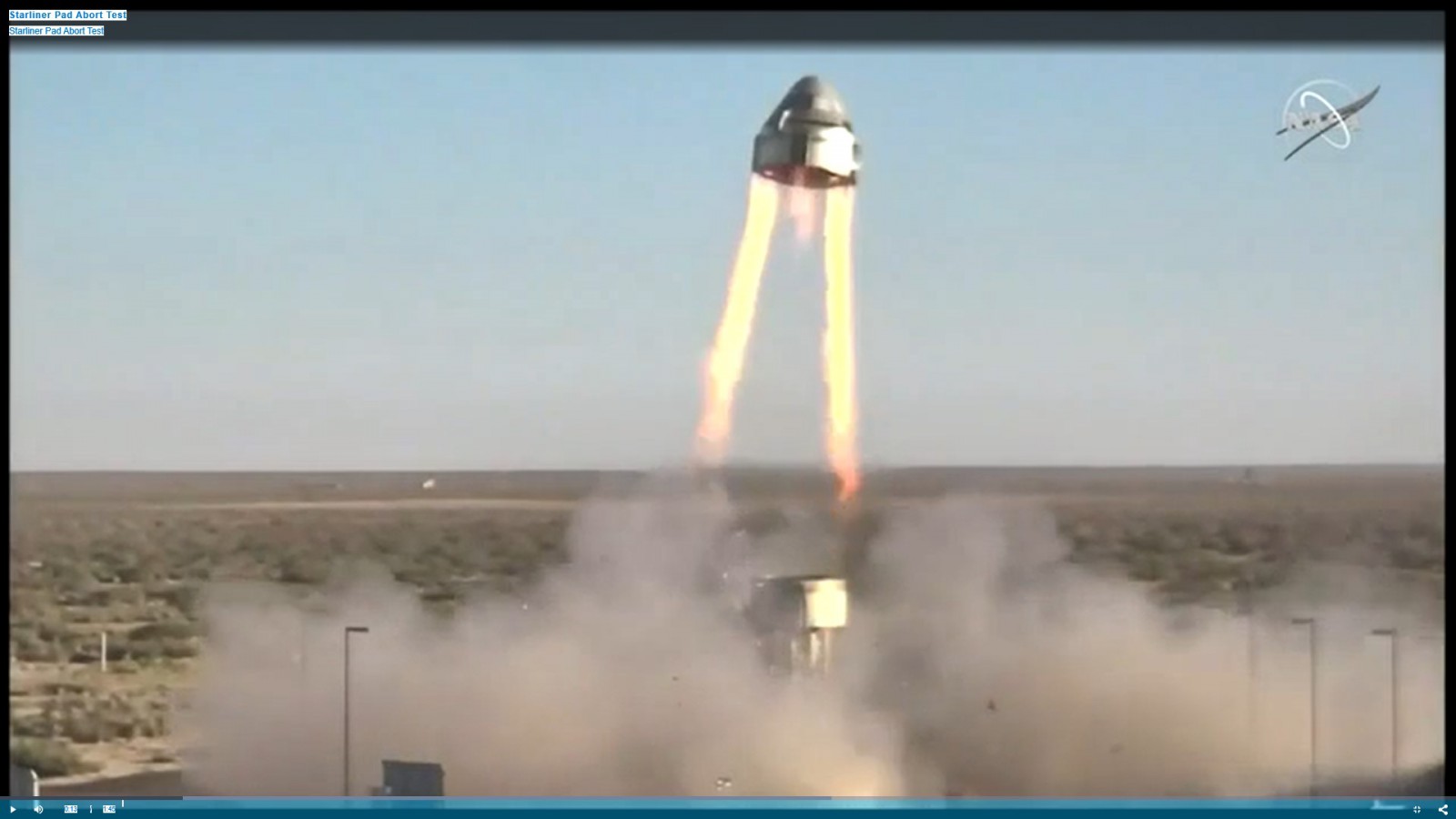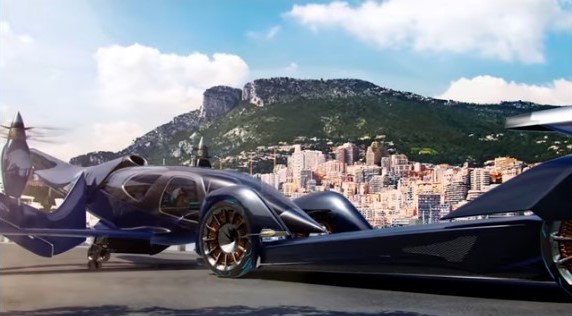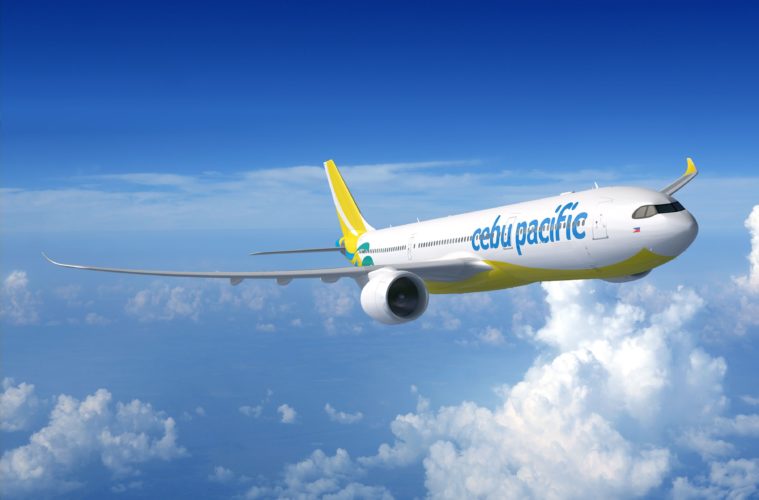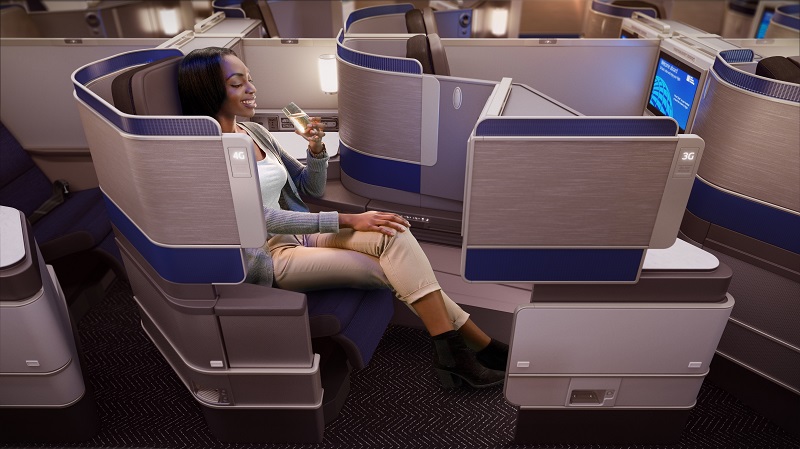Gumbo, oysters and local beer are among the pleasures available at the latest Delta Sky Club at Louis Armstrong New Orleans International Airport’s new terminal.
The new Sky Club, located at the entrance to the C Concourse, opened its doors November 6 and pays homage to the city and its celebrated art, jazz, and cuisine.
This includes design inspired by local culture and regionally-inspired artwork, including pieces from local artists.
READ: Delta ups the ante with major international main cabin revamp.
Other highlights include a regionally-inspired cuisine including oysters, gumbo and muffuletta sandwiches rotating seasonally.
The food can be washed down with seasonal cocktails as well as beer from the Abita, Gnarly Barley and Port Orleans brewing companies or wine selected by Delta’s Master Sommelier Andrea Robinson.
The comfortable seating features power outlets at every seat and the airline is promising high-speed Wi-Fi.

“This new Delta Sky Club creates an ideal space for guests to recharge,” Delta Sky Club managing director Claude Roussel said in announcing the lounge’s opening.
“The unmatched Club experience will wow our guests traveling through New Orleans.”
The new facility replaces the existing New Orleans Club for passengers on Delta flights.
Delta offers 25 peak-day departures with nonstop service to eight of its U.S. hubs, including three daily flights to New York City (LaGuardia and JFK) and two daily flights to Los Angeles.
The $US1.3 billion new terminal in which the club and Delta have now situated spans 972,000 square feet and features three concourses, 35 gates, and several additional parking options.
The New Orleans Sky Club is among several end-of-year upgrades being unveiled by the airline, including more comfortable seating and a completely redesigned food and bar experience at the John F. Kennedy International Airport Terminal 4 Club.
Enhancements in the pipeline include an almost 28,000-square-foot new Sky Club at Salt Lake International Airport in 2020 and a new facility at Los Angeles International Airport in 2022, both of which will feature a Sky Deck.
Over the past several years, Delta also opened new Clubs at Austin-Bergstrom International Airport and Phoenix Sky Harbor International Airport and a refreshed Club at Ronald Reagan Washington National Airport, along with new flagship clubs at Hartsfield-Jackson Atlanta International Airport and Seattle-Tacoma International Airport.
The airline has also now launched its enhanced international economy-class service on eligible flights worldwide. This features hot towels, a welcome cocktail, on-demand snacks and improved meals with greater choice.















